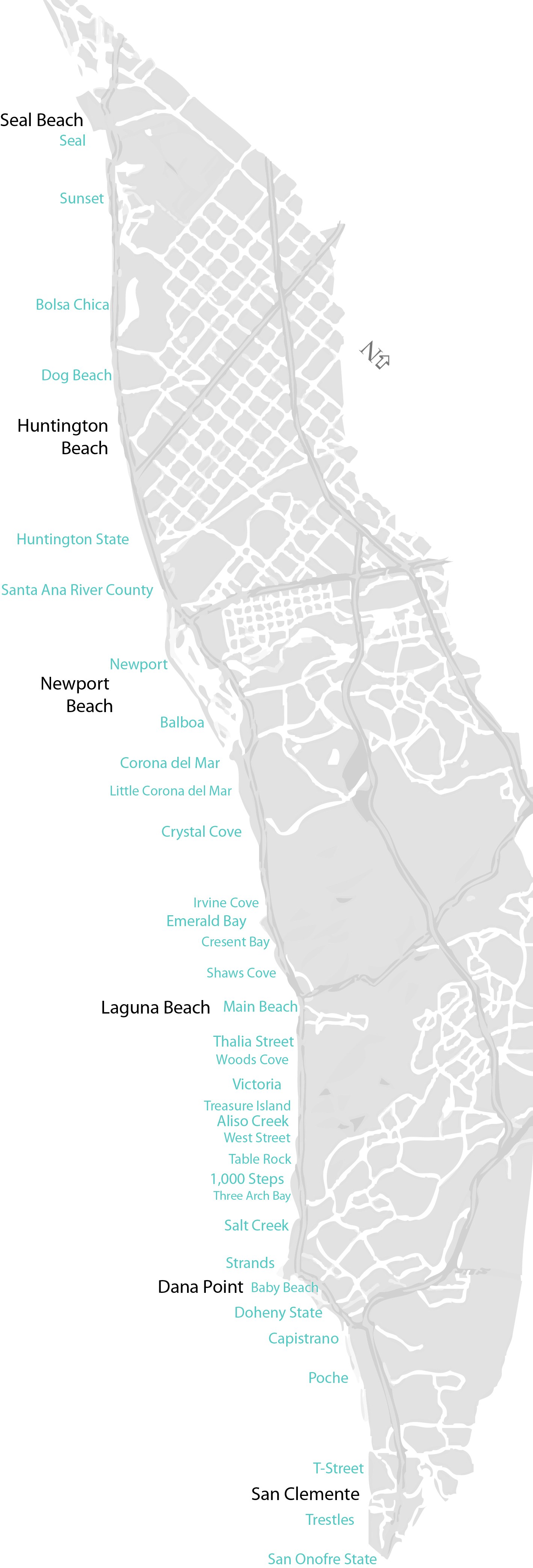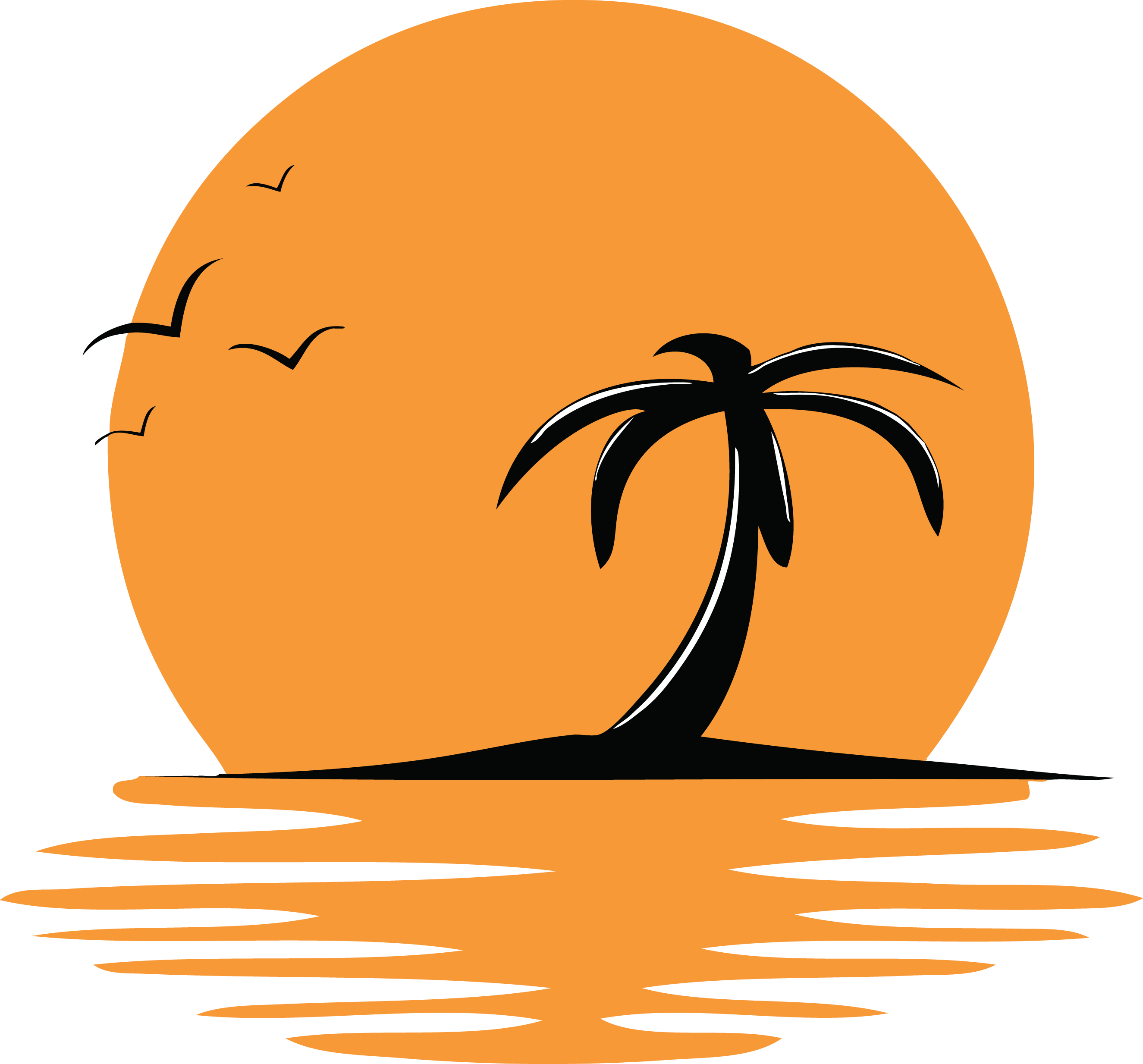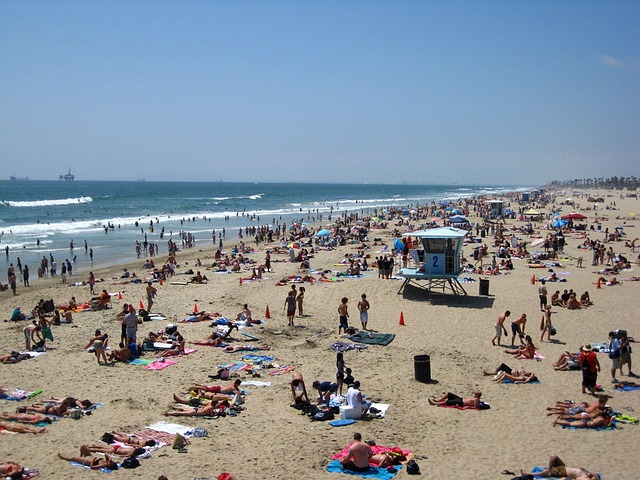ORANGE COUNTY BEACH TOWNS
Home to Southern California's best beach towns.
Newport Beach: including communities of Corona del Mar, Balboa
Laguna Beach: including community of South Laguna
Dana Point: including communities of Monarch, Capistrano (Capo Beach)
Orange County Beaches
You'll Find these magnificent beaches in Orange County. Some of SoCal's finest.
Beaches in Seal Beach
Beaches in Huntington Beach
Sunset, Bolsa Chica, Dog Beach, Huntington City Beach, Huntington State Beach
Beaches in Newport Beach
Newport Beach, Balboa Beach, China Cove, Pirate’s Cove, Corona del Mar, Little Corona del Mar, Crystal Cove
Beaches in Laguna Beach
Irvine Cove, Emerald Bay, Crescent Bay, Shaws Cove, Heisler Park Beaches (Diver’s Cove, Picnic Cove, Monument Point), Laguna Main Beach, Thalia Street (including Sleepy Hollow, St. Ann’s, Oak Street, Brooks Street), Cress Street, Bluebird and Agate Street, Pearl Street, Woods Cove, Victoria Beach, Treasure Island, Aliso Creek, West Street, Table Rock, Thousand Steps, Three Arches
Beaches in Dana Point
Salt Creek, Dana Strands, Baby Beach, Doheny State, Capistrano, Poche
Beaches in San Clemente
North Beach, San Clemente Pier, T-Street, Lasuen, Riviera, Calafia, San Clemente State, Trestles

Originally inhabited by Native Americans, Spain claimed California in the mid-1700s. Mission San Gabriel was established in the region in 1771 and Mission San Juan Capistrano in 1776. The area was granted to the ranchos, which started its economic growth in cattle ranching. Trading vessels would sail up and down the California coast collecting hides in exchange for other goods.
Mexico took ownership in 1821 when it broke from Spain. Following the Mexican War in 1848, the Orange County along with the rest of California was ceded to the United States. Land developers started migrating to the area during the Gold Rush era. This started the breaking up of the old ranchos. In 1857, Anaheim became the first town founded in Orange County. Soon after the towns of Santa Ana, Tustin, Orange, Westminster, and Garden Grove were founded. Farming took over as the primary economy of the area.
In the post-Civil War area, growth started taking off with new settlers and tourists coming via the new trains lines from the Southern Pacific and the Santa Fe. Development of new towns and subdivisions was also made possible from goods coming in via Newport Bay. With the growth in population, the County of Orange was officially formed in 1889 with Santa Ana as the county seat, breaking away from Los Angeles County. Orange County was selected as the name to promote settlers, suggesting it was a great place to grow fruit.
While agriculture remained the dominant economic driver of the area until the 1950s, the beach towns start to establish themselves as tourist visited via trains linked to LA. Early days of Hollywood saw celebrities establish their weekend getaways in places such as Newport Beach. With the completion of the Pacific Coast Highway in 1926, Laguna Beach and Dana Point also became assessable raising awareness of Orange County beaches. The oil industry also started playing an important role in the economy in the early twentieth century with wells drilled in the northern part of the county.
The next wave of growth came during World War II with the establishment of a number of military bases. This led to the development of many new subdivisions and growth in towns like Seal Beach and Santa Ana.
Exponential growth, over 200% from 1950 to 1960, started in the 1950s due to a number of factors. Freeway construction began and the I-5 opened. Car culture and tract housing of the post-WWII development boom soon took over the farms, turning them into subdivisions and suburbs. Tourism also started to explode during this time exemplified by the growth of Knott’s Berry Farm’s Ghost Town and the opening of Disneyland in Anaheim. This is also when the surfing culture started to become mainstream, gaining popularity for Orange County beaches and beach towns.
Growth continued in the 1960s mainly driven by planned communities with cities including Irvine, Mission Viejo, and Laguna Niguel. Irvine in and of itself has become a major economic center for the county. Starting with the sell of a large tract of land for $1 to California from the Irvine Company to establish a new university campus in the University of California system, soon grew into plans for a city surrounding the new university. It was planned and developed as several communities that incorporated as a larger city in 1971. The city is now global headquarters or regional headquarters to many large, multi-national corporations.
Today tourism, manufacturing, and corporations in technology, life sciences, food services, and financial services dominate the local economy. With most of the towns being established in the early 1900s, the county has grown to be one of the largest in the country in less than a hundred years. As of 2020, the population was over 3 million making it the 3rd largest in California and 6th most populous in the United States.
While often lumped into the larger Los Angeles metropolitan area, Orange County is headquarters for many Fortune 500 and Fortune 1000 companies along with regional headquarters for many international businesses. In fact, Orange County’s economy is the 3rd largest in California and the 9th largest in the country. If it were a state or country it would be larger than Oregon or New Zealand.
Besides the Orange County beaches, there are number of great places to visit.
- Disneyland and Disney California Adventure
- Knott’s Berry Farm
- Whale Watching: excursions from Dana Point and Newport Beach
- Mission San Juan Capistrano
- Richard Nixon Presidential Library and Museum
- Anaheim Packing District
- Shopping: Fashion Island, Irvine Spectrum, Outlets at San Clemente,
- Pacific Marine Mammal Center
- Orange County Zoo
- Bowers Museum
- Segerstrom Center for the Arts
- Orange County Fair and Event Center: hoe to the Pacific Amphitheatre (features a Summer concert series), Centennial Farm (a 3-acre working farm), Heroes Hall, adn Costa Mesa Speedway. Annual events include the OC Fair, the Sand Show, SoCal VegFest, US National Speedway Championship, along with many seasonal expos and weekly farmers market.
Events not only in Orange County beaches but these are the mainstay annual events in cities across the county.
January
- Tet Festivals and Parades in Westminster and Costa Mesa
- SnowFest in Lake Forest
- Chinese Lunar New Year Festivals at Bowers Museum and Segerstrom Center
- Surf City USA Marathon & Half Marathon in Huntington Beach
February
- Taste of San Juan in San Juan Capistrano
- Black History Parade in Anaheim
- Laguna Beach Music Festival
- Lantern Festival at Segerstrom Center
March
- Festival of Whales in Dana Point
- Orange County Restaurant Week
- Swallows Day Parade and Mercado
- Knott’s Boysenberry Festival
April
- Jack’s Surfboards Pro in Huntington Beach
- Cherry Blossom Festival in Huntington Beach
- Earth Day Events
May
- OC Marathon in Newport Beach
- Orange May Parade in Orange
- Cinco de Mayo Fiesta in San Clemente
- Greek Festival in Anaheim
- Strawberry Festival in Garden Grove
- Scottish Fest in Costa Mesa
- Doheny Blues Festival in Dana Point
- Orange County Food & Wine Festival in Tustin
June
- Concours d’Elegance in Huntington Beach
- San Clemente Car Show in San Clemente
- Pier Swim in Huntington Beach
- Baroque Music Festival in Corona del Mar, Newport Beach
- Sawdust Festival in Laguna Beach
July
- Festival of Arts and Pageant of Masters in Laguna Beach
- Orang County Fair in Costa Mesa
- Ocean Festival in San Clemente
August
- La Habra Corn Festival
- Festival of the Butterflies in San Juan Capistrano
- San Clemente Fiesta Music Festival
- Rancho Mission Viejo Rodeo in San Juan Capistrano
September
- Sand Show: the Sand Sports Super Show held eash September at the Orange County Fair & Event Center in Costa Mesa is the biggest dune and dirt sport expo in the world.
- Oktoberfest in Huntington Beach
- Maritime Festival in Dana Point
- Doznki Harvet Festival in Yorba Linda
- Tiller Days in Tustin
October
- Plein Air Painting Invitational in Laguna Beach
- Sandcastle Contest in Corona Del Mar
- Silverado Country Fair and Folk Festival
- Carnival Colossal in San Clemente
- Newport Beach Film Festival
- San Clemente Sea Fest
- Turkey Trot in Dana Point and Tustin
December Holiday Events
- Newport Beach Christmas Boat Parade
- Huntington Harbour Cruise of Lights
- Tamale Festivals in La Habra and Placentia
Some fun facts about the C0unty of Orange in Southern California.
- Established in 1955, Disneyland is the second most visited theme park in the world.
- As of 2021, home to three Michelin star restaurants.
- Contains 34 incorporated cities.
- Has more than 40 miles of coast line and 6 coastal cities.
- The average annual temperature is 68°F (20°C).
- The third most populous county in California and the sixth most in the United States. It started the 20th century with less than 20,000 people. Growing tenfold to 200,000 by 1950, the majority of its population growth happened in the last half of the twentieth century. Tripling in size in the 1950s, doubling in population in the 1960s and doubling again from 1970 to 2000.
- Birthplace of Richard Nixon, the 37th President of the United States, and location of the Pacific White House during his term.
- One of the most diverse location for professional sports. The OC hosts the U.S. Open of Surfing, AVP Pro Beach Volleyball, Vans World Championship of Skateboarding, and PGA Champions Tour The Toshiba Classic. The county is headquarters for USA Water Polo, Major League Baseball’s Los Angeles Angels, National Hockey League’s Anaheim Ducks, and United Soccer League’s Orange County SC.







